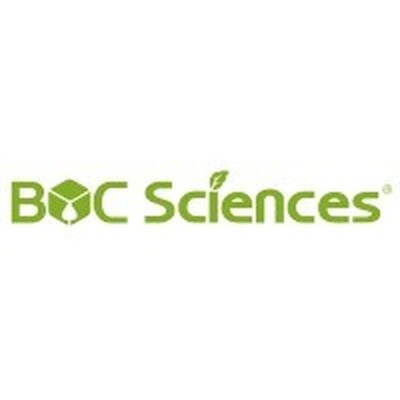An Overview of Libraries and PROTAC Linkers
Body
In the field of modern drug research, the term "PROTAC" has become increasingly established. PROTAC stands for "Proteolysis Targeting Chimeras"," a revolutionary technology that offers an innovative approach to the degradation of specific proteins in cells. In contrast to conventional small molecule drugs, which generally inhibit the function of a target protein, PROTACs work by binding an E3 ubiquitin ligase to the target protein and labeling it for degradation by the cell's proteasome. This novel mechanism opens up new avenues for therapeutic intervention, particularly in diseases where conventional drugs have failed. Target proteins, facilitating the drug discovery process.
Understanding PROTAC Library
A PROTAC library is a collection of different PROTAC molecules, each of which is designed to degrade different proteins. Creating these libraries is critical for high-throughput screening and identification of effective PROTAC candidates for specific therapeutic targets.
Researchers assemble these libraries using different target-binding components and E3 ligase-binding ligands. The diversity within a PROTAC library increases the likelihood of finding effective degradation products for a broad range of target proteins, facilitating the drug discovery process.
A PROTAC molecule consists of three key components: a target protein binder, an E3 ligase binder, and a linker that connects these two entities. The linker plays a crucial role in the overall efficacy and specificity of PROTAC. It must be carefully designed to ensure optimal spatial alignment and proximity between the ligase and the target protein to promote efficient ubiquitination and subsequent degradation.
PROTAC linkers can vary in length, flexibility, and chemical composition, which affects the cellular permeability, stability, and binding affinity of the PROTAC. Researchers often experiment with different linker configurations to optimize the degradation capacities of PROTAC.
Linker Library: A Gateway to Optimization
A linker library is a collection of different linkers that can be incorporated into PROTAC molecules. By exploring different linkers within a PROTAC scaffold, scientists can identify the most effective combinations for specific target proteins.
Linker libraries typically contain a wide variety of chemical structures, including alkyl chains, polyethylene glycol (PEG) derivatives, and other molecular scaffolds. The diversity in these libraries allows for extensive experimentation and optimization, which is critical for the development of effective and selective
PROTACs.
Applications and Future Prospects
The potential applications of PROTAC technology are wide-ranging and extend to various therapeutic areas, including oncology, neurodegenerative diseases, and infectious diseases. PROTACs enable the targeted degradation of previously "incurable" proteins and thus offer new hope for the treatment of complex and resistant diseases.
The ongoing development of PROTAC libraries and linker libraries will further facilitate the discovery and optimization of next-generation therapeutics. As researchers gain a deeper understanding of the underlying principles and mechanisms, the development of more sophisticated and effective PROTACs will become possible.
Conclusion
In summary, PROTAC technology represents a groundbreaking advance in drug discovery and offers innovative solutions for protein degradation. The creation and use of PROTAC libraries and linker libraries are essential components of this emerging field, driving the identification and optimization of effective degradation products. As these tools are further explored and refined, the therapeutic potential of PROTACs will undoubtedly expand, paving the way for novel treatments and improved patient outcomes.










Comments